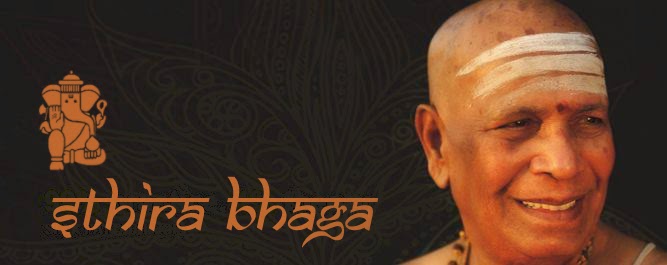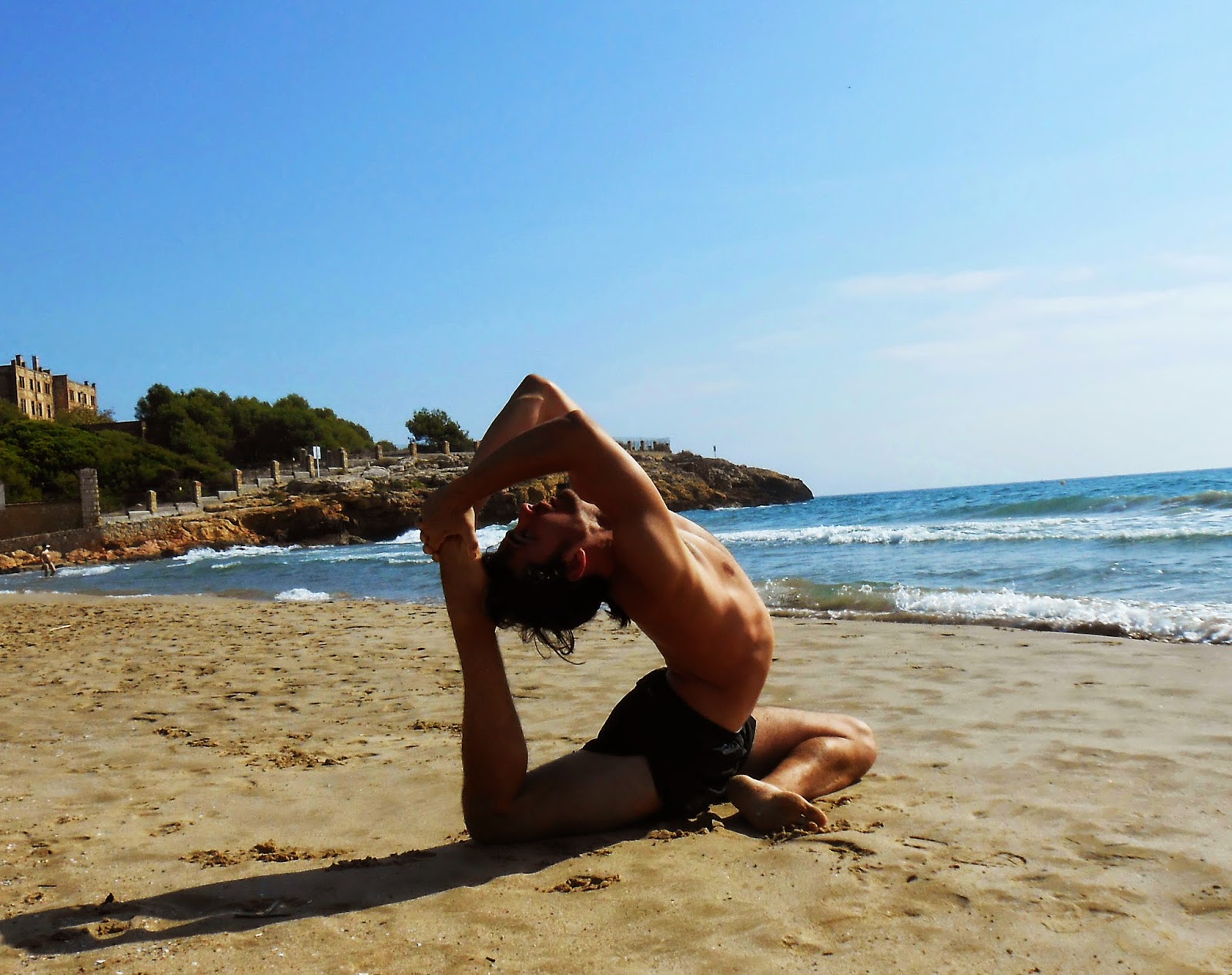Mooladhara chakra
Mooladhara is the root chakra and the seat of primal energy, kundalini shakti. In philosophical terms the concept of mooladhara is understood as moola prakriti, the transcendental basis of physical nature. All the objects and forms in this universe must have some basis from which they evolve and to which they return after dissolution. This basis is called moola prakriti, the original source of all evolution. Mooladhara, as moola prakriti, is therefore responsible for everything that manifests in the world of name and form.
In pranic science, mooladhara is the generating station for prana. The awakening of prana starts from mooladhara and ascends the spinal cord via the pingala nadi. Pingala is merely the channel; the energy comes from mooladhara. This centre is also the direct switch for awakening ajna chakra. Without the awakening of prana in mooladhara, there can be no corresponding awakening in ajna. Hence, the relationship between mooladhara and ajna is very important. Mooladhara is the generator and ajna is the distributor.
The location of mooladhara in men is at the perineum, midway between the genital organ and the anus, and about two centimetres inside. In women, it is located at the posterior side of the cervix, midway between the vagina and the uterus. Mooladhara is also the location of brahma granthi, the knot of Brahma. As long as this knot remains intact, the energy located in this area is blocked. Prana shakti awakens the moment this knot is undone. Infinite energy and spiritual experience emanate from mooladhara.
Mooladhara is associated with annamaya kosha and the earth element. In psychological terms mooladhara is
associated with the unconscious mind where the most primitive and deep-rooted instincts and fears lie. It is therefore the gateway to hell as well as to heaven; to the lower as well as the higher life.
Mooladhara chakra may be seen in a state of meditation as a deep red lotus flower with four petals. The red petals are seen in meditation because of electrical discharges, which emit light particles in this region. The pattern of the four-petalled lotus is formed due to the relative proximity of the discharges. Thus the chakras are also known as lotuses. Each chakra has a different number of petals, which indicate the level of pranic intensity in that particular region. The bija mantra, or master key, to mooladhara is Lam.
Swadhisthana chakra
Swadhisthana means 'one's own abode'. It is located at the coccyx, very near to mooladhara, and is also responsible for the awakening of prana shakti. This centre is the storehouse of all the latent samskaras and impressions, which are considered to be the substrata of individual existence. Therefore, it forms a karmic block, making it difficult for the awakened prana to pass through this area.
In psychological terms, swadhisthana is associated with the subconscious mind and is responsible for drowsiness and sleep. It is also related with the reproductive organs and the sense of taste. The desire for pleasure, especially in the form of food and sex, increases when this centre is activated. These desires can become an obstacle to the awakening of prana at this level. In order to pass through this centre one needs to develop willpower.
In relation to the three gunas, or qualities of nature, mooladhara and swadhisthana are predominantly influenced by tamas or lethargy, dullness and ignorance. Swadhisthana is associated with pranamaya kosha and the water element. It is represented by a lotus flower with six vermilion petals. The bija mantra for this centre is Vam.
Manipura chakra
Manipura literally means 'the city of jewels'. Located behind the navel in the spine, its development is very important for success in the pranic science, as it is the storehouse of prana. This centre is associated with heat, vitality, dynamism, generation and preservation. Manipura is often compared with the dazzling orb of the sun, without which there would be no life. As the sun radiates light and energy, so manipura radiates and distributes pranic energy throughout the body, regulating and fuelling life's processes.
Manipura is predominantly influenced by rajas - activity, dynamism, strength and will. This centre is associated with pranamaya kosha and its element is fire. It is represented by a bright yellow lotus with ten petals. Its bija mantra is Ram.
Páginas
- Pàgina d'inici
- Clases de Ashtanga en Tarragona
- Library
- My practice
- My practice videos
- Ashtanga series
- Ashtanga pranayama sequence
- Pranayama
- Asana
- Yoga meditation
- Mudra&Bandha and Kriya
- Mantra
- Moon days
- Oil bath
- Clips
- Audio/pdf book
- Zen and Vipassana Meditation
- Index
- interviews for Sthira&Bhaga
- textos propios
lunes, 27 de octubre de 2014
jueves, 9 de octubre de 2014
Suscribirse a:
Entradas (Atom)


